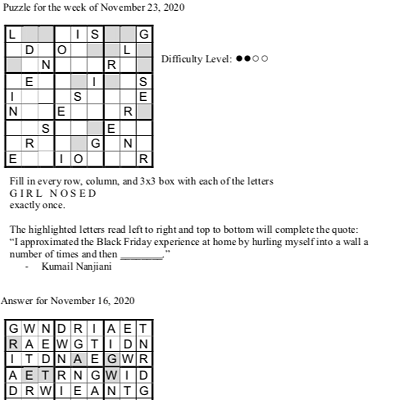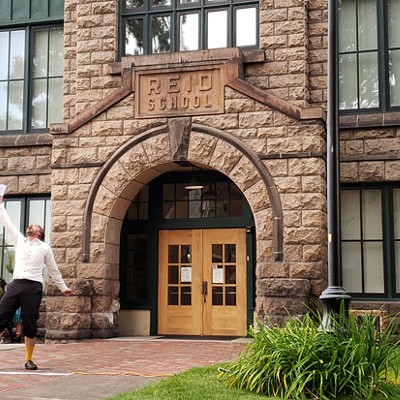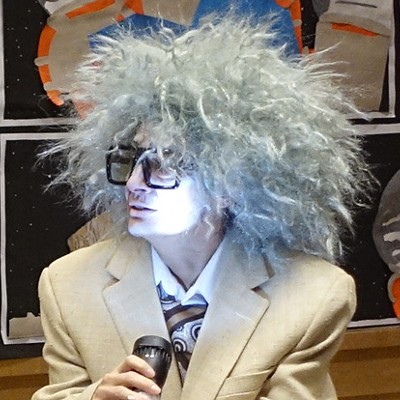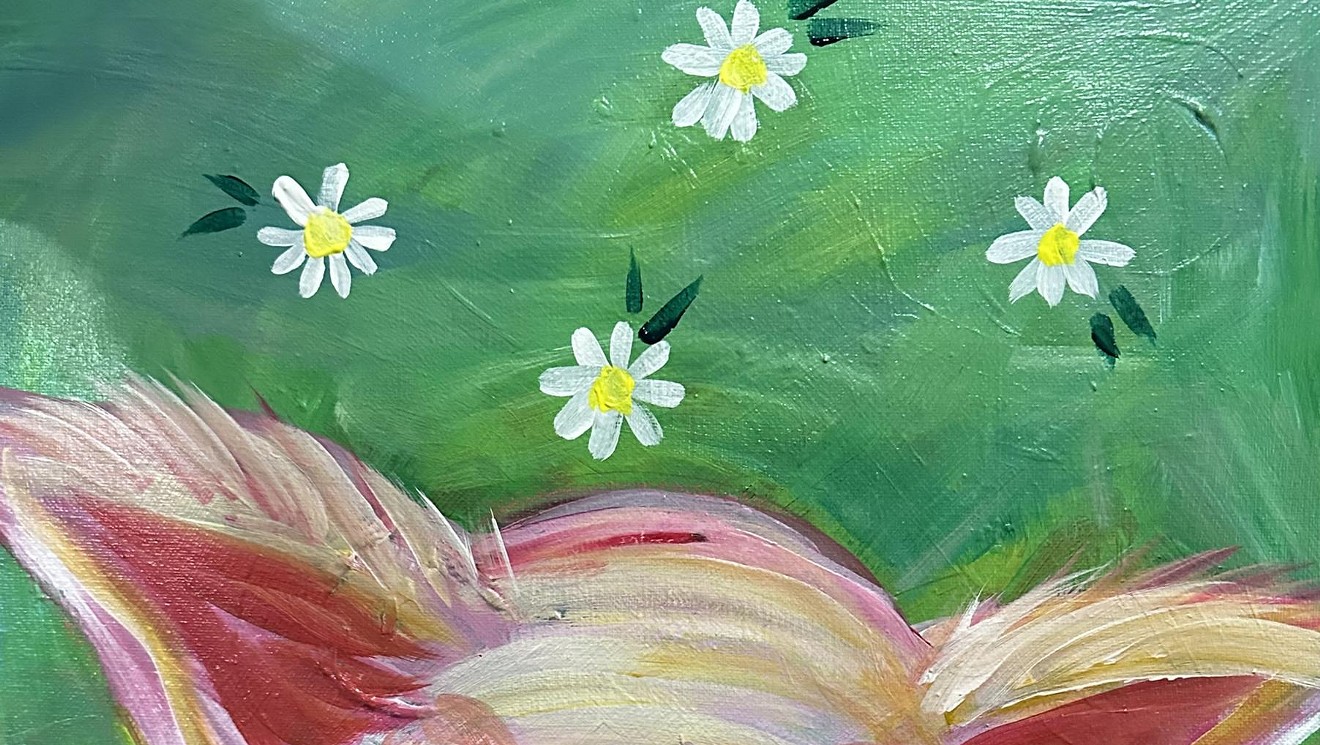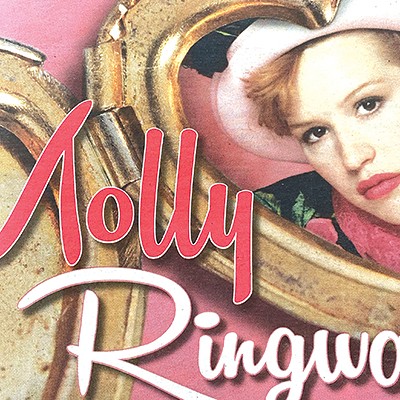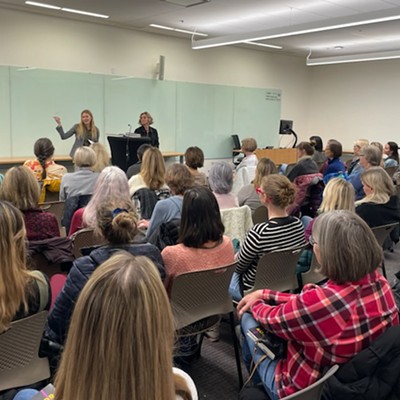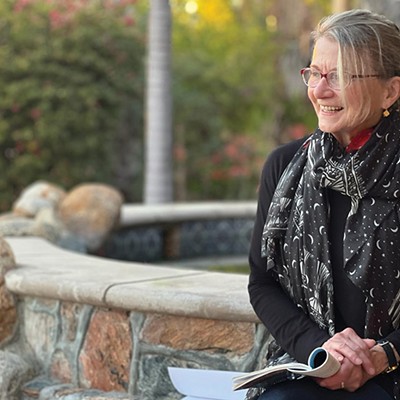More than a frame to hold the actors and the storyline, the set—as well as the soundtrack—plays a central role in the charm of 2nd Street Theater's current production of What Ever Happened to Baby Jane.
Front-and-center is a stripped-down space that does triple-time as a 1910 cabaret, a 1935 movie set and a 1962 living room in an L.A. mansion once owned by Rudolf Valentino, depending on what the scene demands. This space is flanked by a raised platform that works as a second-story bedroom where an aging Hollywood starlet is essentially held captive by her older and often-drunk sister. Two additional smaller sets are set back even farther, and function as a neighbor's living room and a kitchen. Fitting these four separate, but interconnected, sets into a rather modest space creates a spatial trick that simultaneously accentuates the story's claustrophobia as well as allowing for some neat tricks, like flashbacks and split-scenes usually reserved for TV episodes of "24." It is a truly dynamic set—and provides the basis for a vice-tightening story about two sisters locked in a sibling rivalry.
Appropriate for a storyline that germinates from vaudeville, right from the first note of the play, the tone is set by its staging and music. The production begins more as a cabaret performance than traditional theater as a young "Baby Jane" sings tunes to the audience—ending the scene by taking requests. It is fun and interactive staging.
It is music that also sets up the next scene, as the timeline jumps to 1935—Hollywood's so-called golden age. By this point, vaudeville has faded to the background and "talkies" with stars like Baby Jane's younger sister, Blanche Hudson, have taken the foreground. The resulting jealousy sets the dramatic tension for the remainder of the story, as Baby Jane deals with her faded fame and with a sibling that more than eclipses her as a celebrity and as a decent human being. The scene—and 1935—ends with an implied, off-stage car wreck that leaves Blanche bound to a wheelchair. (Again, with clever staging, a newsboy walks through the audience hawking the headlines about the accident.)
From here, the storyline leaps to the meat of the matter, as Blanche tries to escape her sister's intensifying cruelty. Again, with a musical interlude marking the chronological and cultural passage of time, it is now 1962, and the sisters are pinned in a poisonous, but subdued, battle; vaguely reminiscent of the 1944 thriller Gaslight.
The role of the elderly older sister in these final scenes is a bit overacted. Now in her early '70s, "Baby" Jane is often-drunk and constantly despising her once-famous sister but also relying on her. Preening on stage more like Granny from Beverly Hillbillies than Gloria Swanson in Sunset Blvd., the role is played by Mary Kilpatrick (who also designed the wonderful set).
Director Howard Schor admits that this comic staging was intentional. "We spoof it up a lot," he explains, "because the story is so dark otherwise."
And, indeed, there is lightheartedness sparkling throughout the production (note the gabbing movie director at the beginning of Act Two, played with charming bluster by Ben Golden), and thankfully so. At two-plus hours, the comic relief is welcome for a script that otherwise could have become far too Othello and suffocating.
What Ever Happened to Baby Jane
2nd Street Theater, 220 NE Lafayette
7:30 Friday & Saturday, 3 pm Sunday, through March 15
$19 general, $16 student/senior



